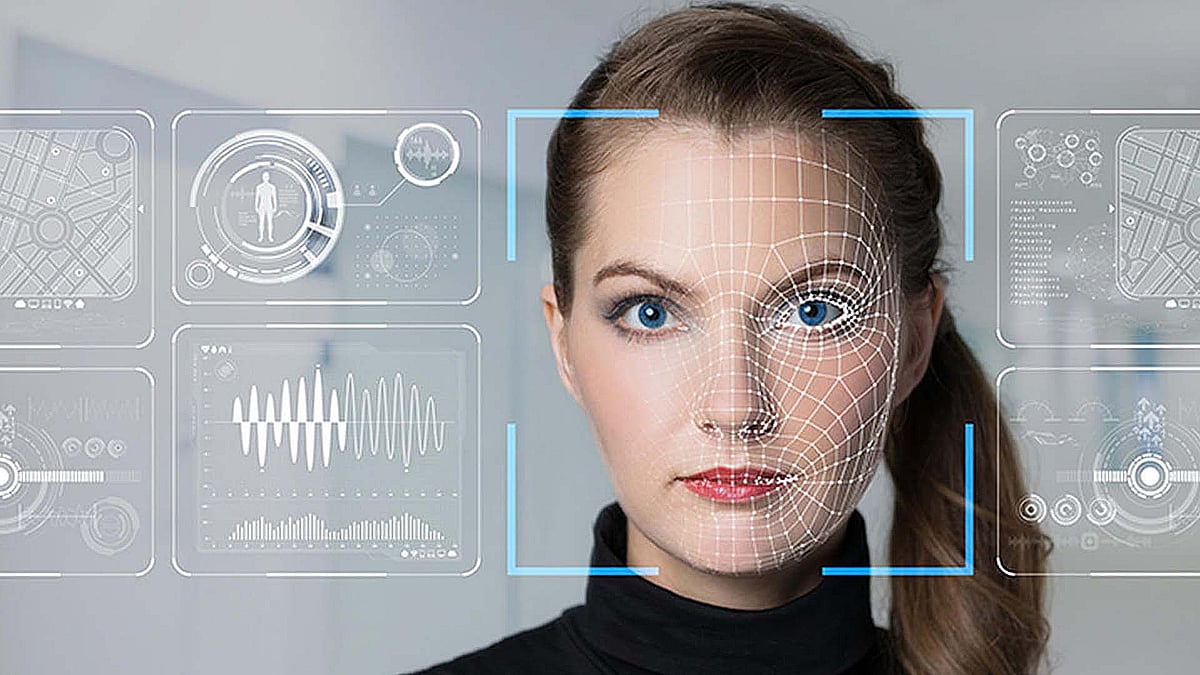Philadelphia (USA), American citizen Amara Majeed was accused of terrorism by Sri Lankan police in 2019. Robert Williams was arrested outside his home in Detroit in 2020 for stealing watches and was held in jail for 18 hours. Randall Reed spent six days in jail in 2022 for allegedly using a stolen credit card. In all three cases, authorities arrested people who were not involved. In all three cases, facial recognition technology alone showed they were not guilty. Many US states do not require law enforcement officers to disclose that they have used facial recognition technology to identify suspects.
New edition of biometric surveillance
Facial recognition technology is the latest version of biometric surveillance that uses physical characteristics to identify individuals. The book “Do I Know You? “From Face Blindness to Super Recognition” explains that the story of facial surveillance is rooted not only in the history of computing but also in the histories of medicine, race, psychology, neuroscience, and health humanities.
Find out what the experts think?
As the accuracy and speed of facial recognition technology improves, its effectiveness as a means of surveillance becomes even more apparent. Accuracy improves, but biases remain. Surveillance mechanisms are based on the idea that people need to be monitored and their activities limited and controlled amid privacy and security. The surveillance system has always been designed to identify those people whom those in power want to keep a close eye on. Furthermore, the cases of Amara Majeed, Robert Williams, and Randall Reed are not anomalies. By 2019, facial recognition technology misidentified Black and Asian people at a rate 100 times higher than white people.
Philadelphia (USA), American citizen Amara Majeed was accused of terrorism by Sri Lankan police in 2019. Robert Williams was arrested outside his home in Detroit in 2020 for stealing watches and was held in jail for 18 hours. Randall Reed spent six days in jail in 2022 for allegedly using a stolen credit card. In all three cases, authorities arrested people who were not involved. In all three cases, facial recognition technology alone showed they were not guilty. Many US states do not require law enforcement officers to disclose that they have used facial recognition technology to identify suspects.
Latest version of biometric monitoring
Facial recognition technology is the latest version of biometric surveillance that uses physical characteristics to identify individuals. The book “Do I Know You? “From Face Blindness to Super Recognition” explains that the story of facial surveillance is rooted not only in the history of computing but also in the histories of medicine, race, psychology, neuroscience, and health humanities.
Find out what the experts think?
As the accuracy and speed of facial recognition technology improves, its effectiveness as a means of surveillance becomes even more apparent. Accuracy improves, but biases remain. Surveillance mechanisms are based on the idea that people need to be monitored and their activities limited and controlled amid privacy and security. The surveillance system has always been designed to identify those people whom those in power want to keep a close eye on. Furthermore, the cases of Amara Majeed, Robert Williams, and Randall Reed are not anomalies. By 2019, facial recognition technology misidentified Black and Asian people at a rate 100 times higher than white people.
Latest technology in long history
‘Face recognition’ software is the latest expression of global systems of tracking. This pseudoscience was formalized in the late 18th century under the ancient practice of physiology. Early systemic applications included anthropometry (body measurements), fingerprinting, and iris or retina scans. All these helped in facial recognition technology. Facial recognition technology provided a way to surreptitiously carry out human biometric surveillance. Early research into facial recognition software for border surveillance purposes was funded by the CIA. It tried to develop a standardized framework for facial recognition that involves analyzing a person’s facial features, the distances between the eyes, nose, mouth, and hair. ‘Face recognition’ is the latest manifestation of global systems of software tracking. This pseudoscience was formalized in the late 18th century under the ancient practice of physiology. Early systemic applications included anthropometry (body measurements), fingerprinting, and iris or retina scans. All these helped in facial recognition technology. Facial recognition technology provided a way to surreptitiously carry out human biometric surveillance. Early research into facial recognition software for border surveillance purposes was funded by the CIA. It tried to develop a standardized framework for facial recognition that involves analyzing a person’s facial features, the distances between the eyes, nose, mouth, and hair.

